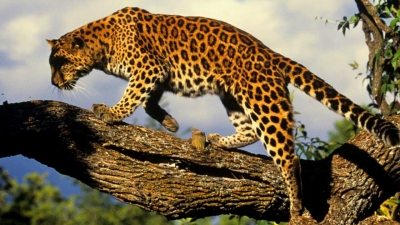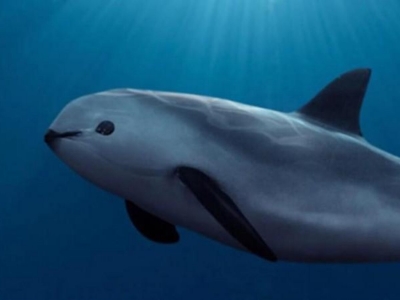What are the fun facts of Amur leopard?

Amur leopard is a leopard subspecies, found in the mountainous forests of eastern Russia and northern China. It differs from other subspecies by the thickness and colour of my fur. It has thick, pale fur with long, dense hair to keep it warm in the cold mountains. It also has large paws to help it walk in the snow.
It is known for being too good at sneaking up a prey that scientists call it a "silent killer. It prefers big animals like deer or boars, but when it can't hunts them it settles for smaller mammals like mice.
It is a solitary animal, active at day and twilight hours. With less than 90 individuals alive in the wild, it is categorized as a critically endangered species, Habitat loss and poaching are its main threats.
Amur leopards are highly protected, in Russia poachers of Amur leopards may be fined up to 1,100,000 rubles and be jailed for 2 years for killing an Amur leopard. Storing, transporting or selling their parts carries a fine of up to 1 million rubles and 2 years in jail. If the crime is committed by an organised group of people, the fine can be as high as 2,000,000 rubles with a jail term of up to 5-7 years for killing an Amur leopard. Amur leopards don’t have a specific breeding season, their gestation period last around 12 weeks and the females give birth to a litter of 2-3 cubs. The cubs are born blind and weigh around just half a kilogram. As they’re so vulnerable when they’re first born the mother keeps her cubs hidden for around 6-8 weeks.
Picture Credit : Google
